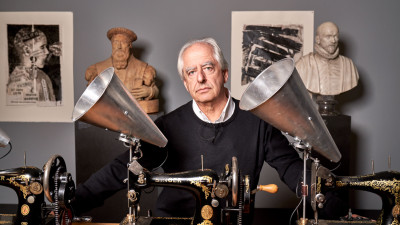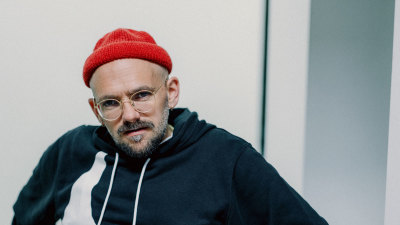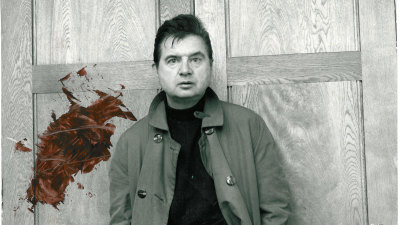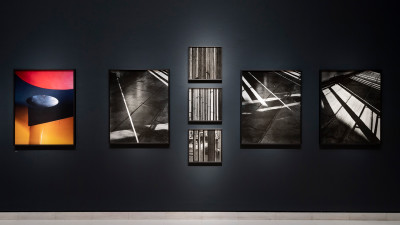Richard Diebenkorn: the story so far
Richard Diebenkorn: the story so far
By Tom Jeffreys
Published 14 October 2014
The works of one of America’s finest abstract painters, Richard Diebenkorn, come to the RA next spring. We caught up with Royal Academy curator Edith Devaney to learn about the genesis of the show.
-
“Richard Diebenkorn is one of the most well-respected twentieth-century artists in America. The most remarkable thing about his career is how clearly it divides into three distinct phases: he started as an abstract artist in the late 1940s and early ‘50s, was enormously celebrated even in his twenties, and at the height of his success he then moved into figuration in 1955 following a move to Berkeley, California. Then in 1967 he moved again – this time to Santa Monica – and returned to abstraction with the Ocean Park series: monumental graphic abstracts for which he is now best remembered.
-

Richard Diebenkorn, Berkeley #5, 1953.
Oil on canvas. 134.6 x 134.6 cm. Private collection. © 2014 The Richard Diebenkorn Foundation.
-
“Strangely, he is one of these artists who is incredibly celebrated in America but not so well known over here. My personal theory is that because he was so highly collected during his entire career, American institutions were queuing up to acquire his paintings, so very few of them ever made it out of the country. His last UK show was in 1991 at the Whitechapel Gallery, when he was also elected an Honorary Royal Academician – he’s always had the admiration of other artists. Among today’s RAs, I know Ian McKeever finds his work intensely interesting. David Hockney also knew him, and the two used to visit each other regularly.
-

Richard Diebenkorn, Cityscape #1, 1963.
Oil on canvas. 153 x 128.3 cm. San Francisco Museum of Modern Art. Purchase with funds from Trustees and friends in memory of Hector Escobosa, Brayton Wilbur, and J.D. Zellerbach. © 2014 The Richard Diebenkorn Foundation.
-
“What has struck me over the course of curating the exhibition is that Diebenkorn was an incredibly disciplined artist, very exacting on himself. I was honoured to meet Phyllis Diebenkorn, his widow, who is still living in San Francisco in her 90s. To be able to talk to her directly about his methods and practices, his studio set-up and his personality – that was a huge privilege. It’s been wonderful to understand him better as an artist.
"Perhaps more than anything it’s his consistency which is so astounding – I’m yet to see an indifferent Diebenkorn painting. It’s made the selection process very difficult. What we’ve tried to do is make the point that to move from abstraction to figuration, and then back again, was not as strange for Diebenkorn as it might seem. For him it was actually totally natural, and the three rooms of the Sackler Galleries really help to make that clear. Looking back, you can anticipate that shift in the earlier works. There was a very natural, fluid relationship between the abstraction and figuration, and I hope the exhibition is able to demonstrate that.”
Richard Diebenkorn is in The Sackler Wing at the RA from 14 March — 7 June 2015.
Our Richard Diebenkorn exhibition will be curated by Sarah Bancroft, with Edith Devaney.
Tom Jeffreys (@tomjeffreys) is a writer and editor.





